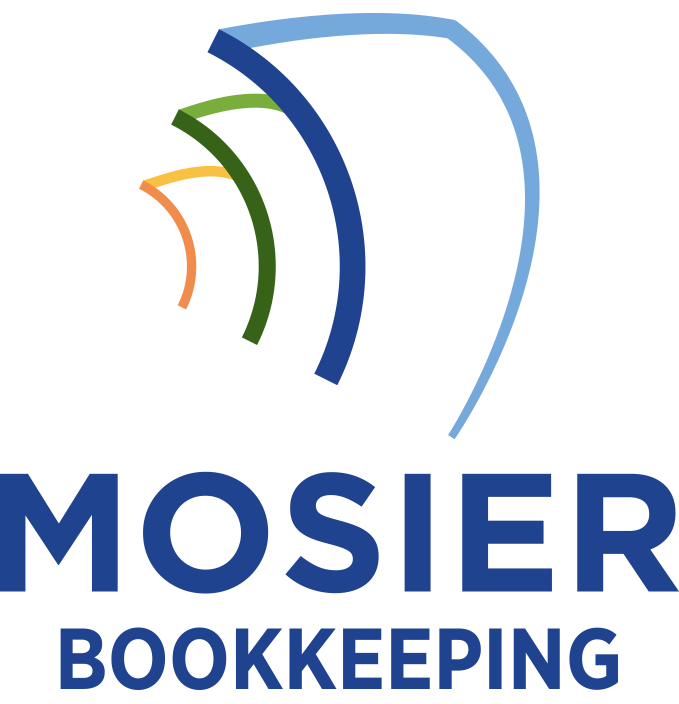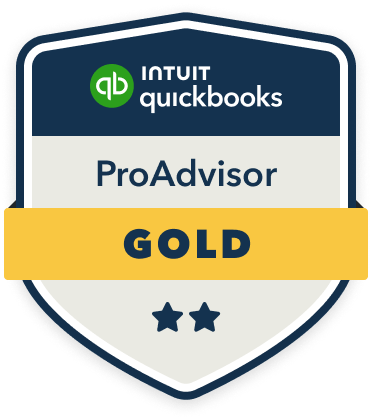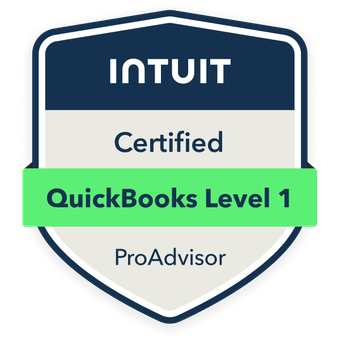I’ve found that bookkeeping provides pivotal insights for tracking business continuity progress through detailed financial metrics and historical data analysis. By monitoring working capital ratios, cash conversion cycles, and recovery time objectives, I can identify potential disruptions before they escalate. This systematic approach enables me to maintain 3-6 months of operating expenses while optimizing response procedures. Understanding these quantifiable indicators will strengthen your organization’s resilience against future challenges.
Financial Performance Metrics as Early Warning Systems

While many businesses focus on profit and loss statements alone, a thorough set of financial performance metrics serves as an essential early warning system for potential business disruptions. I track key indicators like working capital ratios, accounts receivable turnover, and cash conversion cycles to detect operational inefficiencies before they escalate into crises.
I’ve found that monitoring variance analyses and trend patterns in real-time enables swift corrective action. By establishing critical thresholds for metrics like gross margin deterioration and customer churn rates, I can identify emerging risks and implement strategic interventions before they threaten business continuity. This proactive approach transforms financial data into actionable intelligence.
Creating Historical Data for Risk Assessment
Because historical financial data forms the foundation for meaningful risk assessment, I systematically compile exhaustive records of all business transactions, financial events, and operational metrics. This historical dataset enables precise risk modeling and forecasting for business continuity planning.
- I maintain detailed transaction logs with timestamps, amounts, and categorizations
- I track cash flow patterns across multiple business cycles
- I document financial anomalies and their root causes
- I preserve audit trails of all risk-related incidents and resolutions
This thorough historical record serves as my predictive framework, allowing me to identify emerging threats, quantify potential impacts, and implement data-driven mitigation strategies before risks materialize.
Cash Flow Management During Business Disruptions

Managing cash flow effectively during business disruptions requires three critical focus areas: maintaining adequate liquidity reserves, implementing flexible payment strategies, and monitoring key financial metrics in real-time.
I’ve identified key strategies that’ll protect your business’s financial position during disruptions:
| Strategy | Action |
|---|---|
| Reserves | Maintain 3-6 months operating expenses |
| Payments | Negotiate extended supplier terms |
| Collections | Accelerate customer payment cycles |
| Monitoring | Track daily cash position metrics |
Cost Analysis of Continuity Plan Implementation
To effectively implement a business continuity plan, organizations must conduct a detailed cost analysis that quantifies both direct expenses and potential savings. I recommend focusing on the critical financial metrics that drive decision-making in your continuity planning process.
- Initial investment costs for technology infrastructure, software licenses, and backup systems
- Ongoing operational expenses including staff training, maintenance, and regular testing
- Insurance premiums and legal compliance requirements specific to your industry
- Cost avoidance calculations based on potential losses during disruptions
I’ve found that measuring these components against your risk tolerance helps determine the ideal investment level for your continuity strategy. This analysis enables data-driven decisions about resource allocation and implementation timing.
Measuring Recovery Time and Resource Allocation Efficiency

Recovery time analysis requires three key performance indicators: recovery time objective (RTO), recovery point objective (RPO), and resource utilization rates. I’ll help you track these metrics to optimize your business continuity performance.
I measure your RTO by calculating the maximum acceptable downtime for critical operations, while RPO determines your data loss tolerance threshold. I then analyze your resource allocation efficiency by monitoring staff deployment, technology usage, and financial reserves during recovery phases.
Through my precise tracking methods, I can identify bottlenecks, streamline response procedures, and enhance your resource distribution. This data-driven approach guarantees you’ll achieve ideal recovery speeds while maintaining cost-effective resource management.








